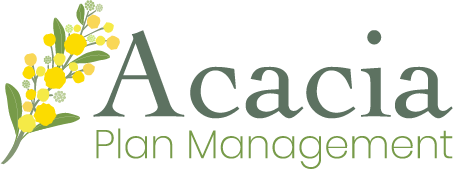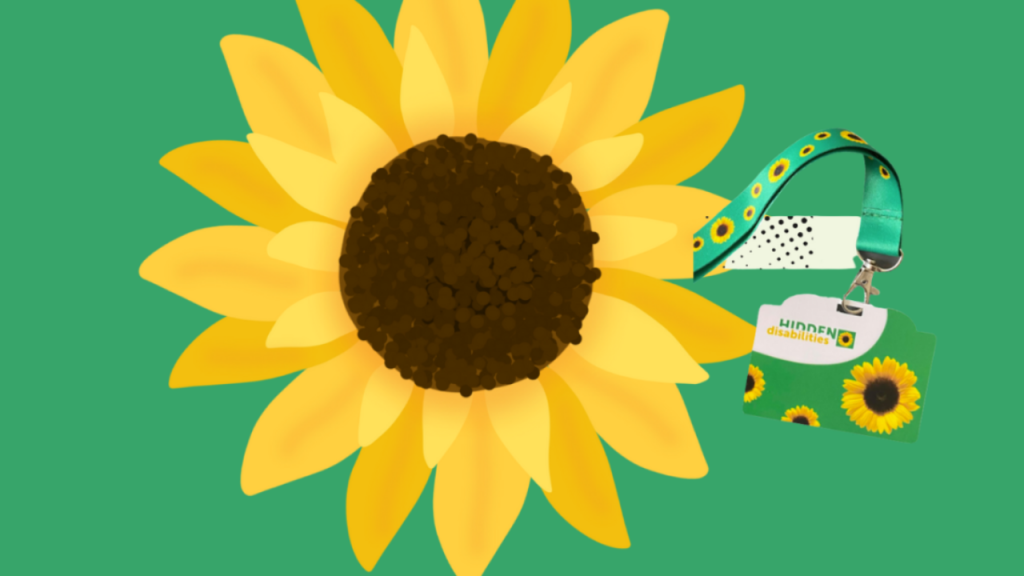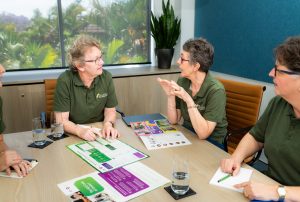The Hidden Disabilities Sunflower enables people with non-visible disabilities to access the support they need. It acts a prompt for someone to choose to let people around them know they have a non-visible disability and that they may need a helping hand, understanding, or simply more time.
Not all disabilities are visible. Globally 1 in 7 of us live with a disability. That is approximately 1.3 billion people. But while some of us experience a disability that is visible, many have a non-visible condition or experience a combination of both visible and non-visible conditions. These can be physical, visual, auditory or neurological and range from autism and ADHD to cognitive impairments such as learning difficulties and dementia, as well as mental health conditions. They can also be respiratory and chronic conditions such as asthma, diabetes, chronic pain and sleep disorders.
As diverse as these conditions are, so are each person’s access needs and the barriers they face in their daily lives. So some individuals with conditions that are not immediately obvious to others opt to wear the sunflower to discreetly identify their individual access needs in shops, at work, on transport or in public spaces.
Wearing the sunflower discreetly indicates to people around the wearer including staff, colleagues and health professionals that they need additional support, help or a little more time.
A global presence
Since the sunflower was established in the UK in 2016, it has been adopted globally by organisations to support both their colleagues and customers.
The sunflower is now recognised across a broad range of sectors – ranging from retail, financial services, transport including airlines and airports, travel and tourism as well as universities, schools and colleges, all of the UK railway network, theme parks, supermarkets, leisure facilities, healthcare, financial services, emergency services, theatres and over 350 charities.
The sunflower has been launched locally in Australia, Belgium, Canada, Denmark, Ireland, the Netherlands, New Zealand, the UK, the UAE and the USA.
Businesses in countries like France, Norway and Lithuania have recently introduced the sunflower.
How did it all start?
By 2016, the Accessibility team at Gatwick Airport in the UK were already assisting over 500,000 passengers a year but recognised that some passengers had a non-visible disability. How could they assist them too?
Following an evaluation which included the Gatwick team, the Airport Passenger Advisory Group and local and national charities, a green lanyard with a yellow sunflower was chosen for passengers to discreetly choose to indicate they have an invisible disability and may need some support, assistance or simply a little more time when moving through the airport.
The success of the sunflower lanyard and the positive response it has received, has increased awareness of the barriers that adults and children with invisible disabilities can face.
Why was a sunflower chosen?
Without a visual cue, it can be difficult for others to identify, acknowledge, or understand the daily barriers faced by people living with an invisible disability.
It was important to determine a discreet sign which was still clearly visible from a distance as well as being distinctive, joyful and dynamic. The sunflower was eventually chosen as it suggests happiness, positivity, strength as well as growth and confidence and is universally known.
Watch this video to learn more.
Source: Hidden Disabilities Shop





